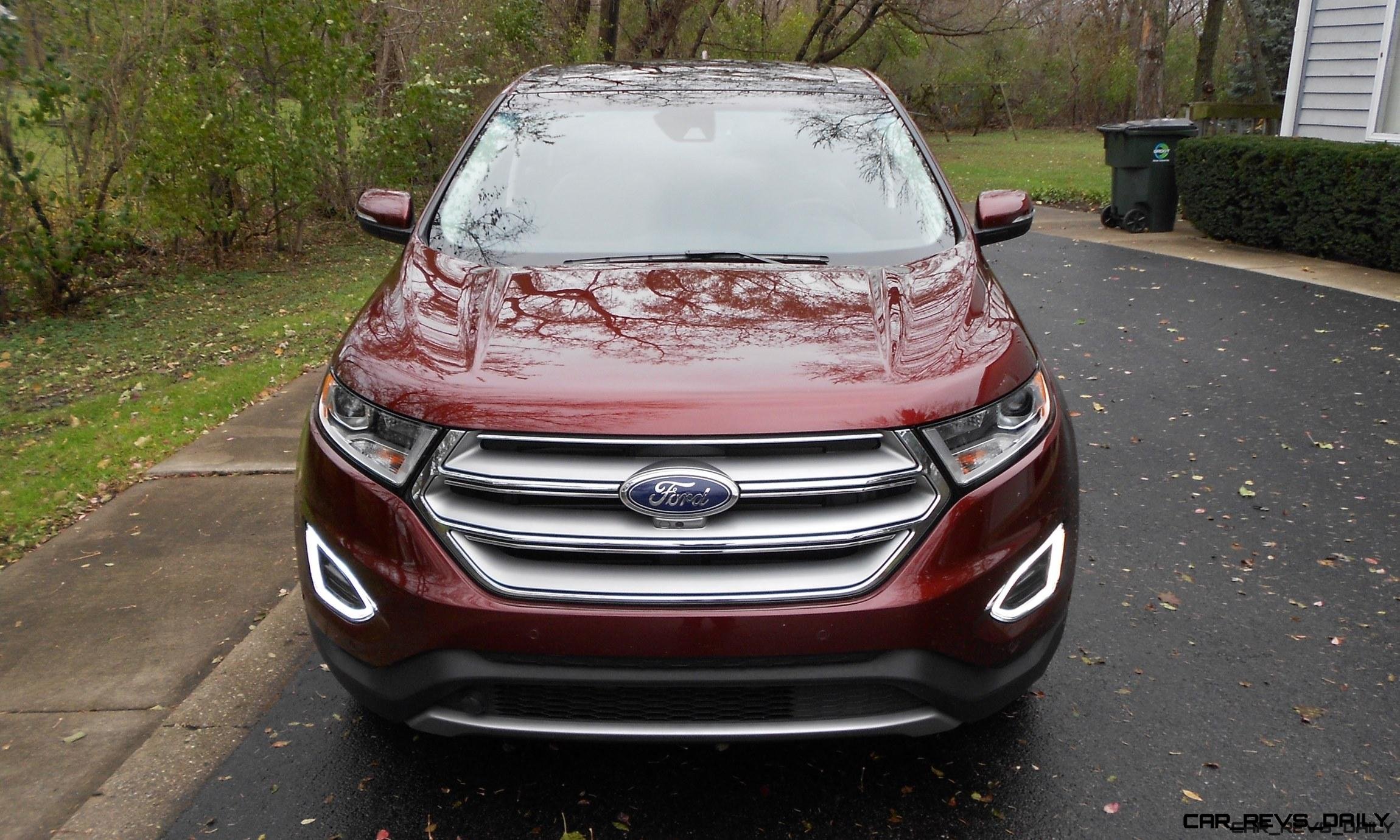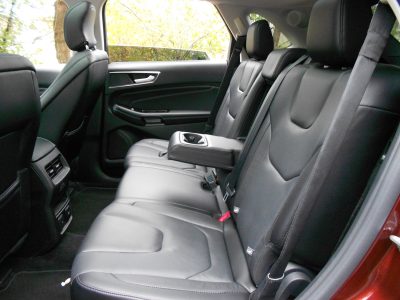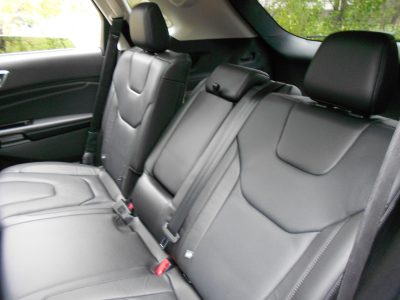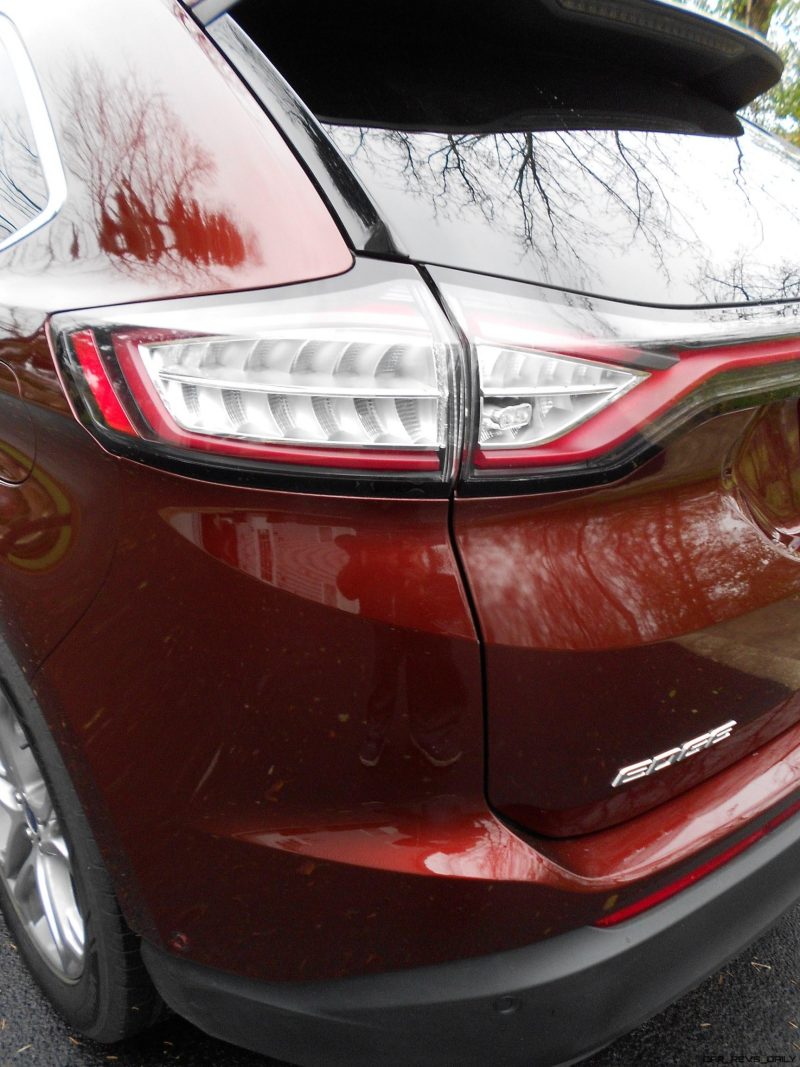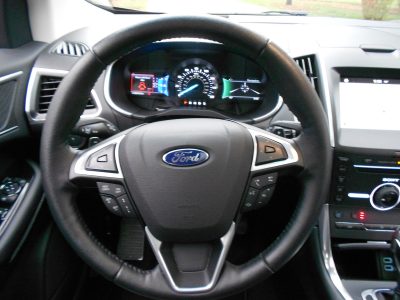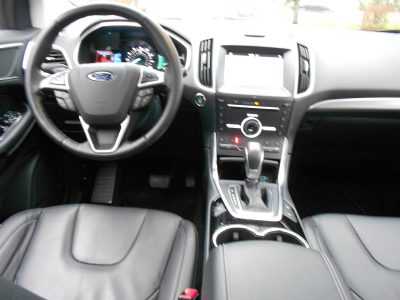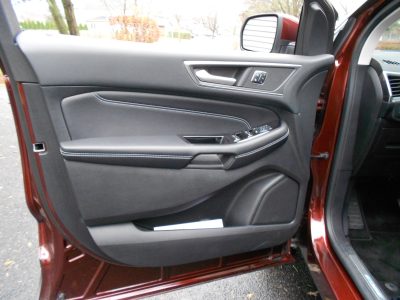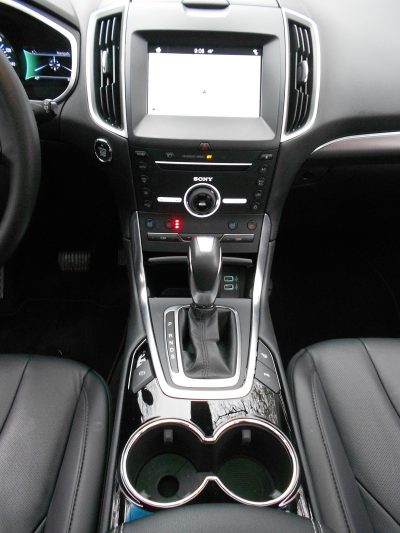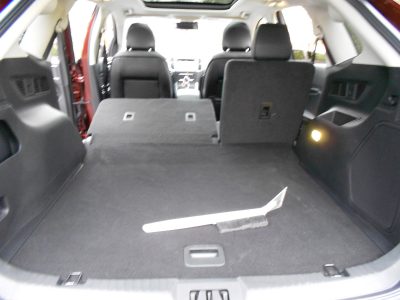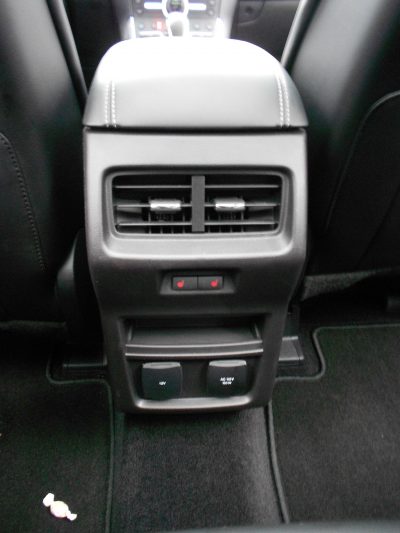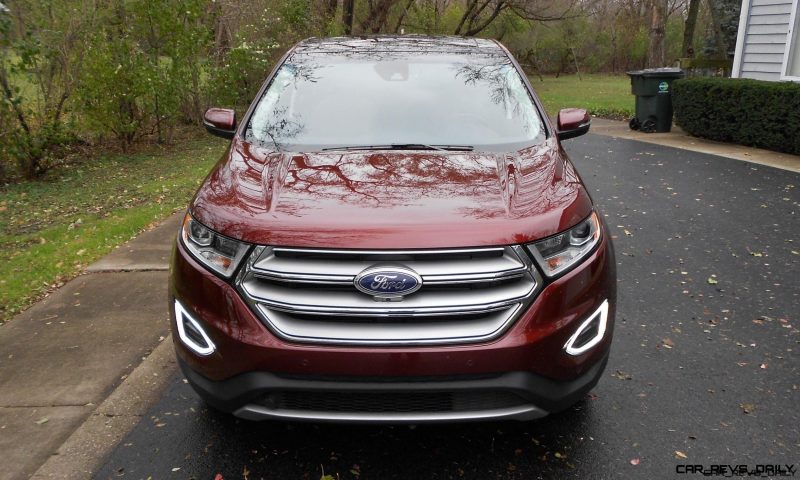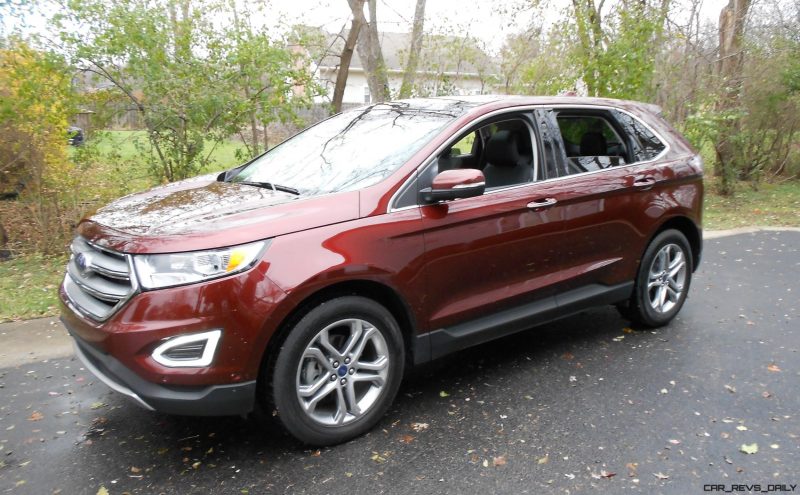The wife and I picked up our friends to go out to dinner in the Ford Edge.
They weren’t in the car more than 60 seconds before they both said (almost in unison) “Wow, there’s a lot of room back here.”
A few minutes later, “these seat warmers are really nice.”
I then suggested they recline the seatbacks a little bit, and they were delighted with that feature, too.
Ten minutes later, I heard, “Boy, this car rides really smoothly, even better than our Lexus RX. What is it?”
They were surprised to learn that it was a Ford. Sometimes we journalists forget that the majority of people don’t get to ride in a wide variety of cars. And most only shop a few brands when they go to buy a car. My friends had owned an RX, were happy with it, and two years ago when it was time to trade for a new car, they just went back to the Lexus dealer and bought another one. They didn’t even bother to look at anything else.
They vowed that next time, they would shop around to see what they might be missing. And especially after I told them the sticker price, which was several thousand dollars lower than their Lexus . . . and the Edge had more equipment and amenities.
The Edge was first introduced in 2007, has experienced the natural evolution over the years, and is now one of Fords best-selling crossovers. It slots in between the smaller Escape and the larger three row seating Explorer or Flex. The latest revamp came in 2015. Our test car was a 2016 model, and is basically the same as the 2017.
Because Ford didn’t try to shoehorn a third row seating arrangement in the Edge, it means that two or three passengers will be quite comfortable in the rear seats with an abundance of leg room and headroom. It also means that there is a lot of usable cargo space without having to fold down the rear seats.
Front seat passengers are also nicely coddled, and the cabin appointments are top shelf, especially in the upscale Titanium model. The heated and cooled soft leather front seats are good, if not up to the very excellent seats in the Volvo XC90 we had two weeks earlier.
If you’re the type who likes to carry a lot of small incidentals in your car, this Edge is for you. A huge two-tiered padded console holds a lot, and there’s a tilt out compartment on the lower left side of the dash, a nice large latched bin on top of the dash, a good sized glove box, and spacious door pockets. One clever feature that owners will appreciate over time is are plastic catch trays fitted to the outboard sides of the front seats, on the floor, and level with the seat bottom. That means you can’t drop anything like keys, or change (or the myriad of things my wife seems to drop) that fall under the seats by the tracks and are nearly impossible to find and retrieve.
The inviting interior has a panoramic moon roof and it makes the cabin feel even more spacious, and soft touch materials are everywhere they should be. Unlike that Volvo, where virtually every control had to be accessed through the center stack’s touch screen, the Ford has a nice selection of easy to use, and tactilely pleasing buttons. So things like climate controls, the heated and cooled seat controls, and a large knob for volume control for the radio, Nav, and phone are so much easier to use without distractions.
The drivers gauge cluster is easily configurable with steering wheel controls, and that steering wheel also controls the radar cruise control, and the usual radio, voice activation, phone and information about gas mileage, trip information, etc. The screen on the center stack is a touch screen, and can also operate the usual things I’ve mentioned, in addition to vehicle settings, apps, etc. The screen is large and works well, and with the upgrade to the Ford Sync 3, the voice commands can effectively take up most of the chores without needing to touch the screen. In fact, the Sync 3 is the only vehicle that I have tested to consistently be able to recognize correctly my spoken commands for navigation addresses and points of interest.
While the comfortable ride quality is impressive, the Edge also manages to handle quite well in the turns. The suspension feels taut, and there is little body lean when negotiating on and off ramps at speed, and in tighter turns as well. The test car was front wheel drive, not all wheel drive, but I felt confident in all handling situations. The steering also felt very precise. The Titanium and Sport models offer adaptive steering which reduces effort at parking lot speeds. The brake pedal took a little getting used to. It’s touchy in the first few inch or so of travel, but the brakes felt strong and had good feel.
The Edge is powered by a marvelous twin-scroll 2.0 liter EcoBoost inline four turbocharged Direct-injected motor. It puts out 245 horsepower at 5,500 rpm, and 275 ft. lbs. of torque at 3,000 rpm. It has a load rating for towing 3,500 lbs. The car feels peppier than those numbers might suggest, and there is minimal turbo lag. A 6-speed transmission, with paddle shifters and a Sport setting puts the power to the ground, and the transmission works quite well in normal automatic mode. Oddly, shifting in the Sport mode makes things a bit more herky-jerky, and the paddle shifts are a bit slow. But they do allow the driver to maintain a certain gear when necessary. Leave it normal drive mode for the majority of driving conditions, for the best in comfortable performance.
One can also choose an optional 3.5 liter V-6, without turbocharging that makes 280hp, and on the top of the line Sport model, you get a 2.7-liter twin-turbo V-6 from the F-150 truck lineup. That engine is rated for 315 hp, and 350 ft. lbs. of torque. Mileage rating on the base engine is 20mpg City, and 29 highway. I found the highway number to be overly optimistic. My mileage was 26 mpg highway. Add all-wheel-drive, and the number moves down a couple of miles per gallon.
Styling isn’t ground breaking, but the Edge is attractive. The front end is somewhat sporty, with the big Ford grill dominating. But the headlight and fog light treatments are good looking. The hood has two asymmetrical lines that add visual appeal. The side view shows good proportions, with a set of character lines to break up the expanse of sheet metal. It has a lighter, slimmer appearance than many other vehicles in this category.
The Edge comes in four trim models: The SE starts at $28,950, the SEL at $31,790, the Titanium at $35,600, and the Sport at $40,400. While the base Titanium is a very nicely appointed vehicle, you don’t get all the really cool stuff until you shell out $6,495 for the Equipment Group A, and another $1,800 for the Drivers Package. Group A includes things like the Voice Activated touch screen, Blind Spot monitor, Lane Keep assist, Remote Start, Auto Dimming driver side mirror, heated and cooled front seat, heated rear seats, the Panoramic moonroof, enhanced Active Park Assist, 180-degree split screen rear camera, and rain sensing wipers.
The Drivers Package buys you Adaptive Cruise Control with Collision Warning, Adaptive Steering, and a Power Tilt and Telescope steering wheel. All in, the bottom line for my test car was $44,620. That is a strong number, but when compared to similarly equipped mid-size SUV crossovers from Europe and Japan, it really isn’t.
There is a lot of value in the Ford Edge. I know my dining companions will be looking at it the next time they shop for a new vehicle.
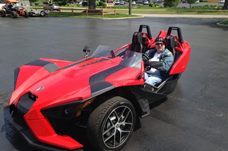
Ken “Hawkeye” Glassman has been a motor journalist for over 30 years, reviewing automobile, as well as motorcycle ride reviews and accessory reviews.
His car articles have appeared in Robb Report Magazine, Autoguide.com, Car-Revs-Daily.com and other media. His work has also appeared in Road Bike Magazine, Motorcycle Tour and Cruiser, SpeedTV.com, MotorcycleUSA.com and others.
As motorcycle columnist for The Daily Herald in suburban Chicago, the paper became the only major circulation newspaper in the country to have a separate weekly section devoted to motorcycles. Later he wrote a weekly column for Cyclefocus Magazine.

